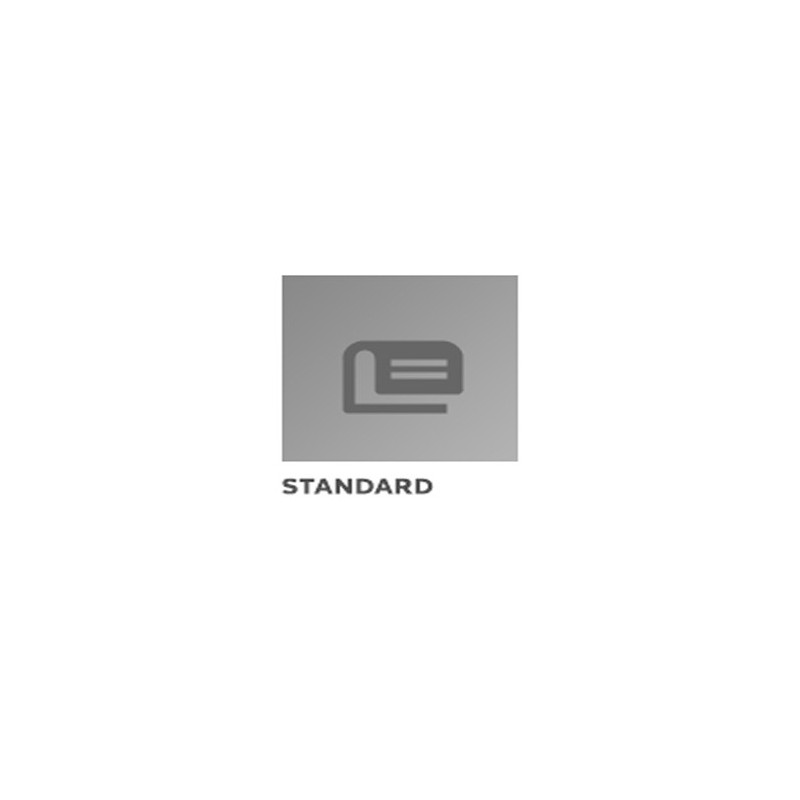Description / Abstract:
This slash document collects general reference material related to gaseous oxygen system flow requirements and sizing calculations. This document will assist oxygen system equipment designers and operators to establish systems and equipment requirements. The document consists of charts, tables, system schematics, system requirements, and sample calculations for system sizing.
Purpose
This slash document presents analytical methods for calculating the gaseous oxygen supply required for cabin occupants and crew. The first section addresses the design of a continuous-flow passenger system and evaluation of the component performance requirements. The oxygen system is designed to provide all passengers with at least the minimum tracheal oxygen partial pressure specified by the Code of Federal Regulations (CFRs), the Joint Aviations Requirements (JARs) and Certification Specifications (CSs) parts 25.1441 through 25.1453. The second section addresses the crew oxygen system source sizing with an example using theoretical equipment. Although the analyses are based on official regulations, the system designs used for these illustrations are based on both a hypothetical airplane and hypothetical oxygen system components. These examples should not be used for airplane design. Accordingly, in analyzing a particular system, performance capabilities of the actual equipment should be considered.
The choice as to which system components are to be the system’s independent variables and which are to be dependent variables is somewhat arbitrary. For this example, the performance of both the passenger mask and the passenger outlet orifice are considered to be the independent variables; their performance will be determined empirically. The establishment of these values will allow the calculation of the dependent variables, the regulator performance curves, and an oxygen requirement curve. The oxygen requirement curve is then used to evaluate the oxygen quantity requirements. The required oxygen flow is that quantity of oxygen flow required by the system to ensure that all passenger masks will have at least the minimum oxygen required.
Once the required quantity of oxygen has been established, an average or overall value of system oxygen utilization efficiency can be determined. For overall system design, it is desirable to achieve the highest efficiency level possible. This will be discussed in Section 3.3.6, System Efficiencies This passenger system evaluation and calculation does not include an analysis of the quantity of first aid oxygen required for commercial transport operations under CFR 121.333 or JAR OPS 1.760.
The passenger system analysis begins with the requirements of the airplane system’s most remotely located passenger oxygen mask where the oxygen distribution line pressure drop is at its maximum (See Figure 1, point E). This person's mask must provide the CFR required minimum quantity of oxygen, but may be the least amount of any one mask associated with the distribution system. The specific mask performance characteristics will determine the minimum flow required at the mask. The flow that is delivered is based on the outlet's orifice performance, which determines the pressure control regulator's pressure required to the outlet orifice (See Figure 1, point E). The pressure required at the outlet adjusted for the distribution system pressure drop will determine the pressure schedule of the pressure control regulator (See Figure 1, point B).


